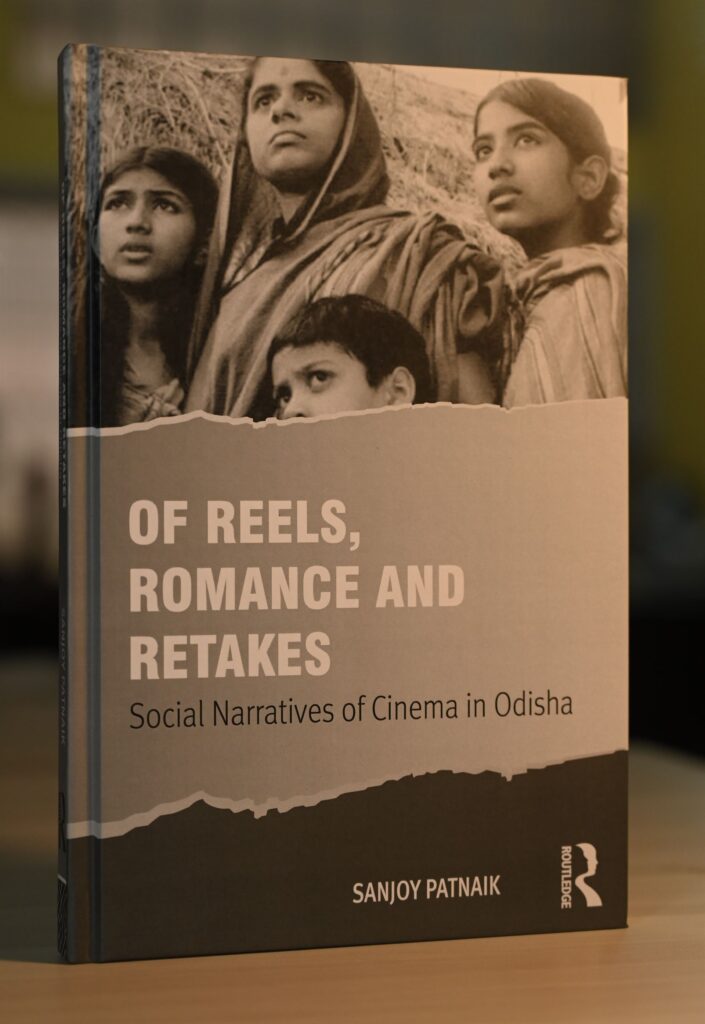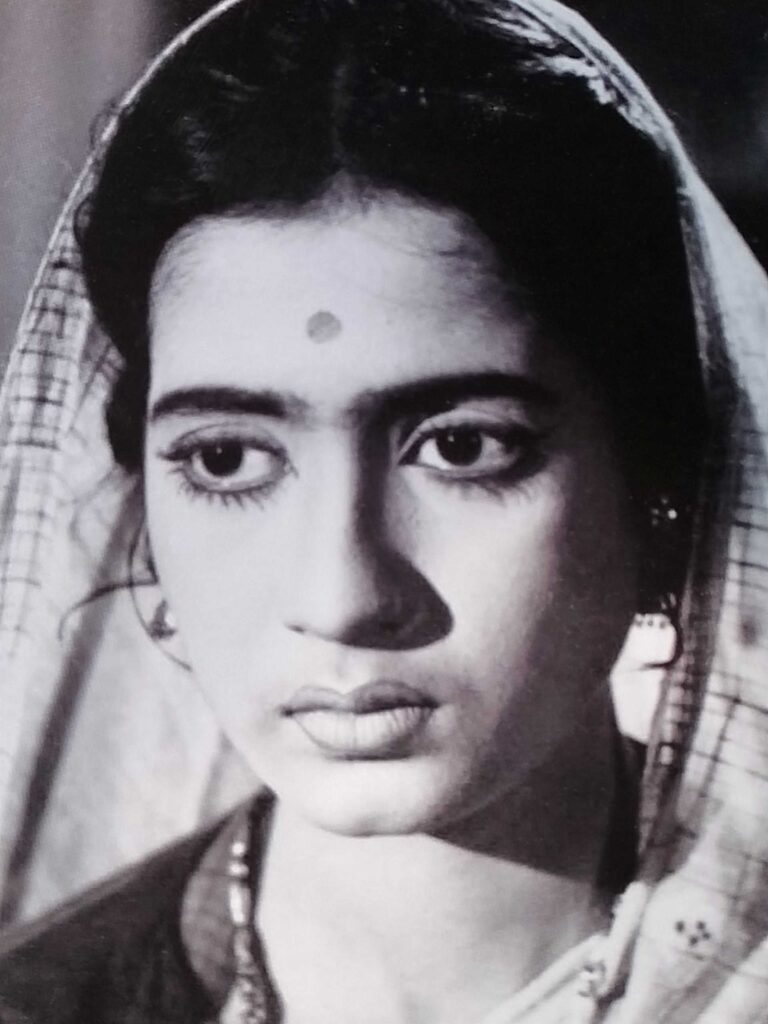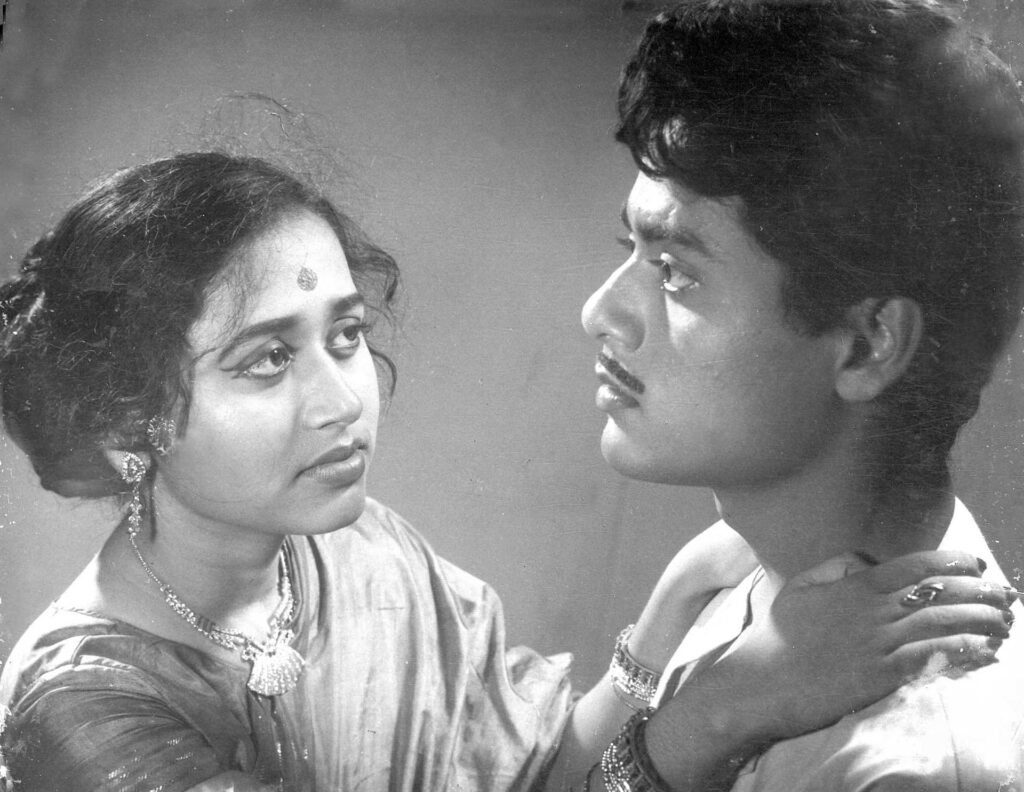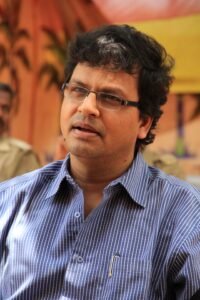Kapilas Bhuyan
One of the most heartening events of the year has been the publication of a book called ‘Of Reels, Romance and Retakes: Social Narratives of Cinema in Odisha’, a sociological analysis of Odia society, literature and cinema post independence. The most exciting aspect of the book is that this is the first ever book on Odia cinema being written in English.

It might sound like a tall claim, but it is indeed true. And what is more exciting is that being published by an international publisher like Routledge can be an excellent window to introduce Odia cinema to the global audience, an exercise that was long awaited and something that Odias overlooked for more than eight decades. Though the South-Asian paperback edition is yet to be launched, a hard-bound version is available in the market with limited supply. However, the paperback edition will be launched soon in the market.
Ideas, approach and style of the book
As I started to flip through the book, what struck me the most is its skilled design of chapters, which has an interesting Hollywood connection with each film narrating the mood of the same chapter. The six chapters are named after six Hollywood super hits starting with Birth of a Nation (1915) that narrates the genesis and evolution of Odia cinema. Similarly other chapters are skillfully planned and executed. For one more example, the chapter IV which is titled Field of Dreams (1989) introduces cinema depicting Odia cultural identity.
The book follows a socio-historical and comparative approach, with Bombay cinema as the primary frame of reference. The main thrust of the book is on a range of social and cultural processes that influenced film making in Odisha in the post independence period. The book has chosen films for analysis that are the ones made within the first four decades (1950s – 80s) after independence to establish the intimate synergy between cinema and literature. The author argues how literature that was by then a symbol of Odia cultural identity was able to build a bridge between cinema and the middle class, thereby helping cinema to capitalize on literature’s respectability within the middle class to enhance its ethical approval.

At the pan-Indian context, as the book argues, the recognition of vernacular literature depended on its English translation or through its adaptation in Bombay cinema. States, especially Bengal, with its historical proximity to colonial masters and the resulting interaction between them, vastly improved its literature, helping to increase its global accessibility, an opportunity that other vernacular literatures, including Odia, largely missed out on. The book, therefore, makes an effort to introduce the reader, especially the non-Odia audience, to the progressive and innovative nature of both Odia literature and cinema that has largely remained unexplored. While linguistic and political identity was high on popular agenda, literature was busy preparing for the much needed cultural unification of the Odia nation.
Key constructions of the book
The book, as the name suggests, is a sociological expedition that presents a comparative analysis of society, literature and cinema in post independence Odisha. The book succinctly captures a range of socio-cultural processes that have impacted filmmaking in Odisha, such as: a) cinema’s strategic dependence on literature and folk art traditions to overcome popular, especially middle class, displeasure of the medium being undignified, b) cinema as the key architect of Odisha’s ethno-linguistic identity and cultural unification after independence, c) cinema took onto itself the cautious task of infusing modernity into the traditional Odia society, and d) cinema, though as instrument of modernity, meandered within the traditional limits of middle class conservatism.
The book holds the placid middle class and a largely politically inert Odia society as key constraints to growth of cinema for which it has failed to be part of the desired cultural identity in Odisha. The book presents a comparative analysis of cultural developments in states like Bengal, Maharashtra or Kerala, where a significant volume of academic and cultural research has been carried out on how regional language cinema has created distinct cultural and political identities. In these states, cinema has enjoyed a serious engagement of the middle class intelligentsia that Odisha unfortunately missed out on.

The book reserves a significant portion of its analysis to songs for being integral to cinema’s success in Odisha as in Bombay cinema. With insightful examples it argues how they extend the scope of the narrative to capture the corresponding growth of society and its values in the transition of one art form to another, they serve as social change agents in the most non-aggressive form and they enhance the emotional flavour and content of the narrative, making the romance or melancholy or humour cut deeper. The book gives a generous amount of space to a socio-cultural analysis of iconic Odia film songs to highlight cultural and ethnic connect as it is forged across intergenerational value conflicts between tradition and modernity.
The book brings in an interesting debate on how market shapes the course of filmmaking. How with regard to the southern films there is a visible switch over to a style of film making that helped them transcend regional, cultural and language barriers to grab major market share in the north Indian states. The book also raises a very pertinent question, ‘if the Hindi dubbed southern films could come under the regional film category?’ Whether with regard to national awards or market share, should Hindi be the sole language of entertainment? And finally it discusses regional market challenges including opportunities and the possible role of state governments to promote regional cinema including a road map on inter-state learning and experiences on how to promote language films at a time when the viewership is fast dwindling.

After going through the book it can be emphatically told that the book is a much needed, timely and scholarly work on Odia society and cinema which will remain as a rare reference for the local as well as the global film enthusiasts and scholars of cultural studies.
Sanjoy Patnaik, the author of the book is also a film maker who scripted and directed the award winning film ‘Shuka Asuchi’ (2014).
Of Reels, Romance and Retakes:
Social Narratives of Cinema in Odisha
by Sanjoy Patnaik
2023-24, Pg.-204, Routledge (London)
(The reviewer is a senior journalist, writer and National Award winning filmmaker. Views are personal)




















